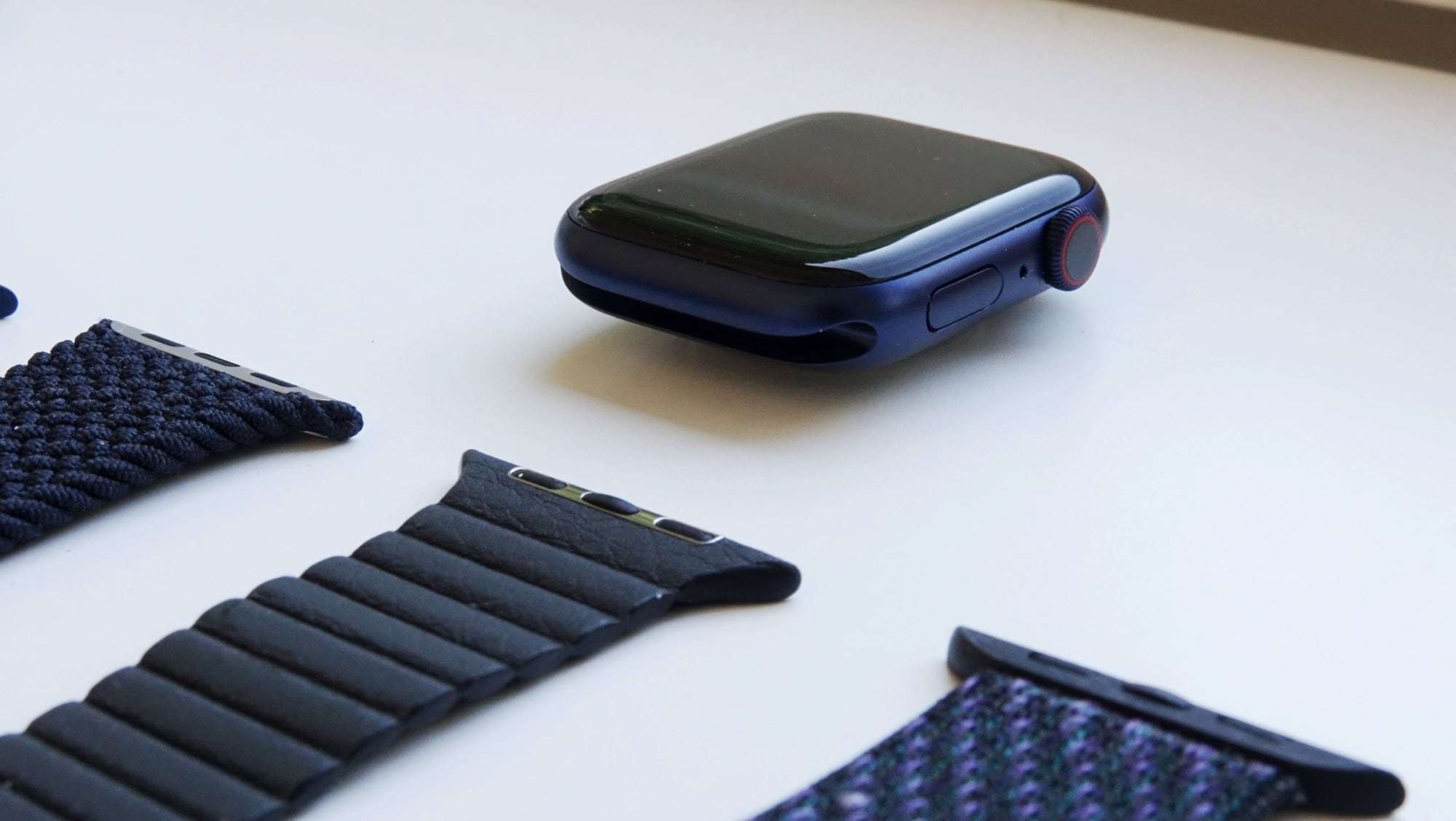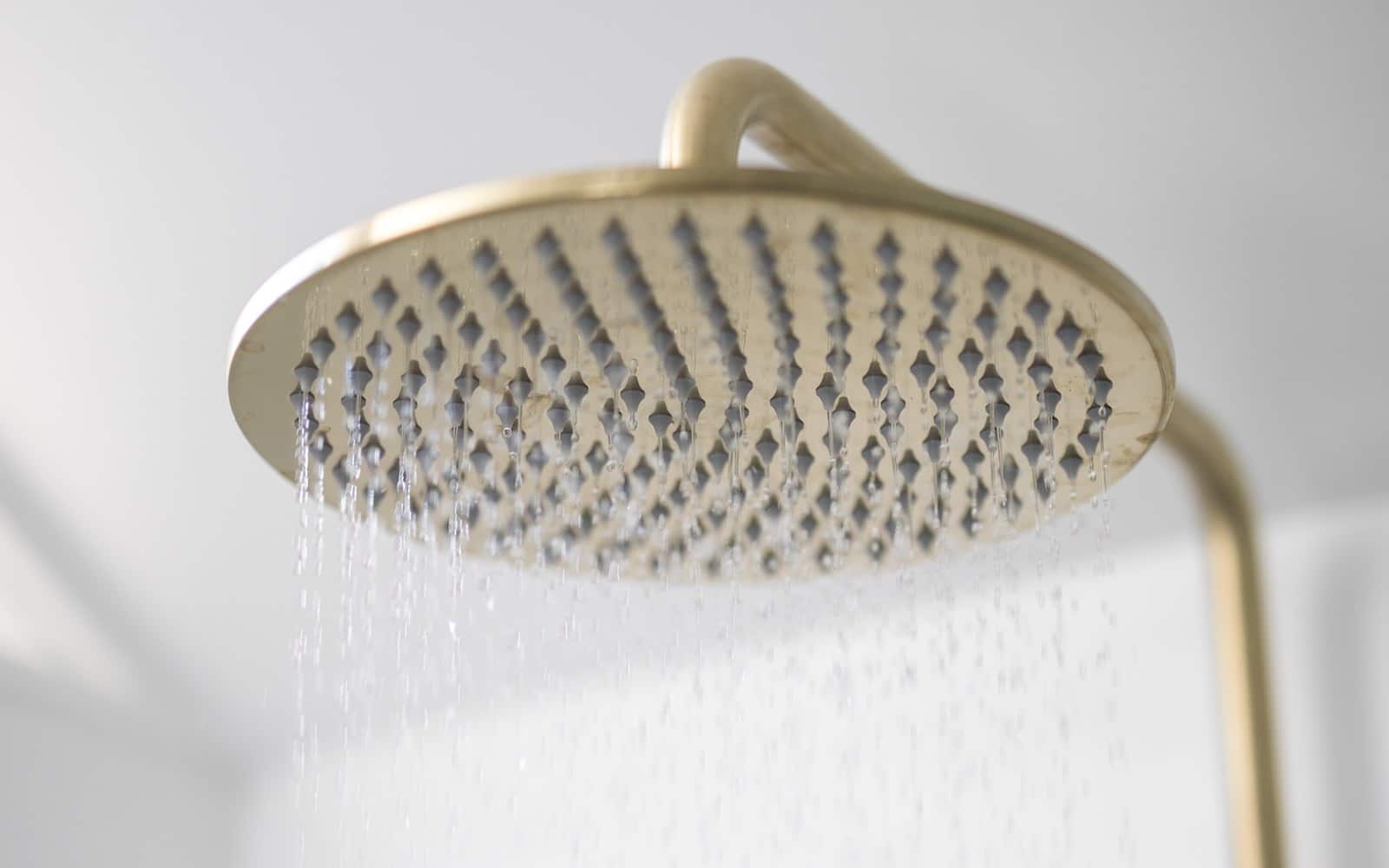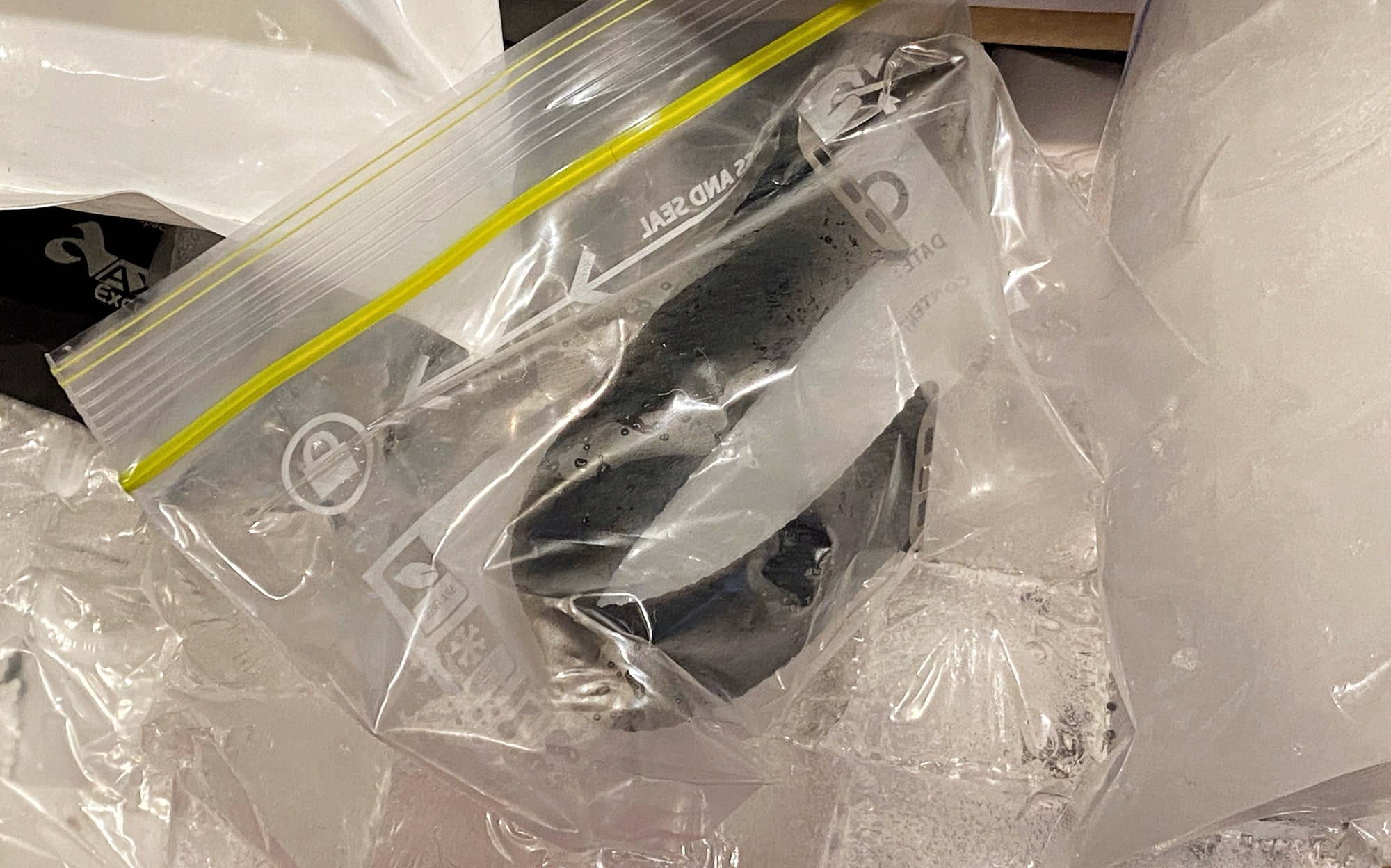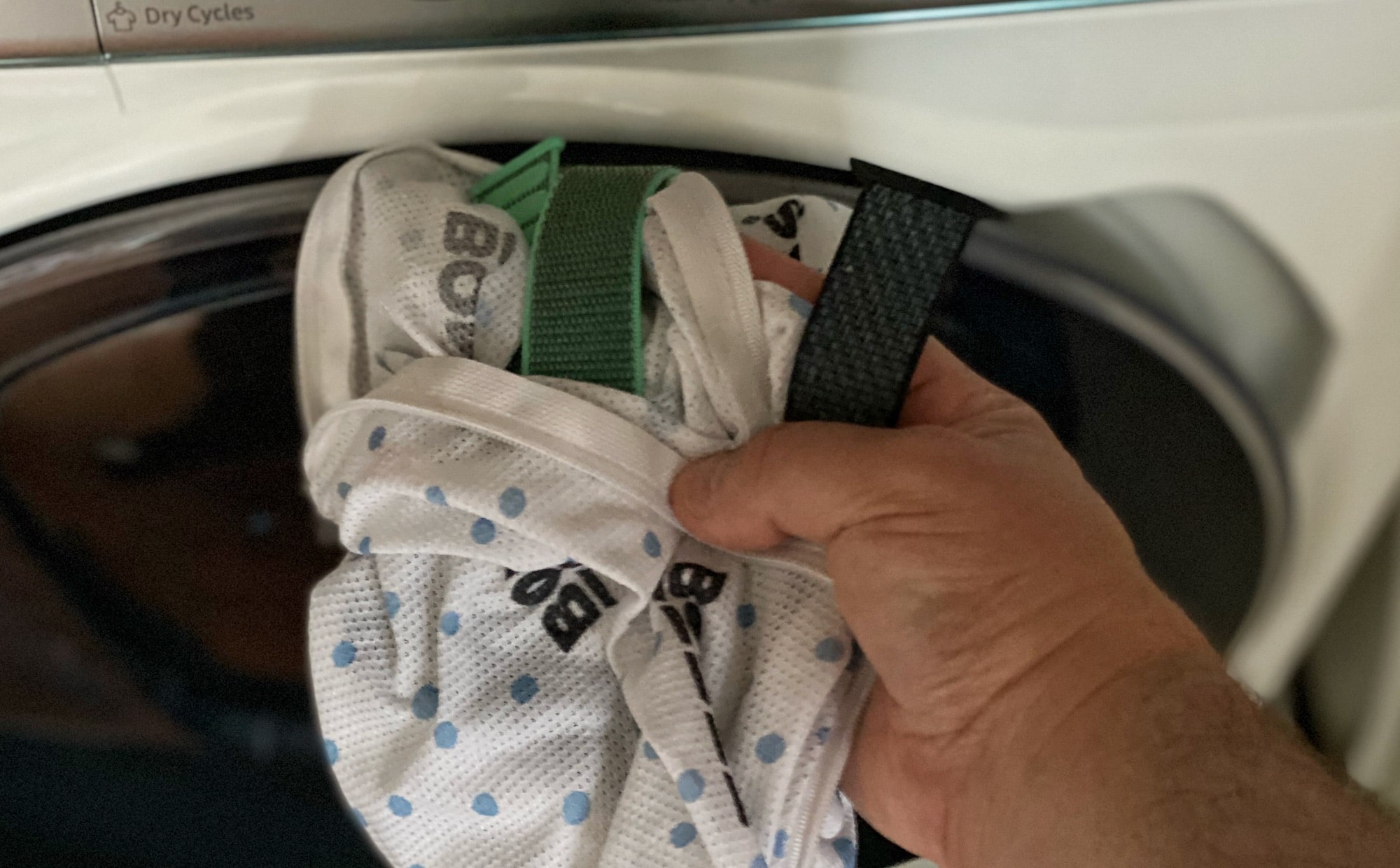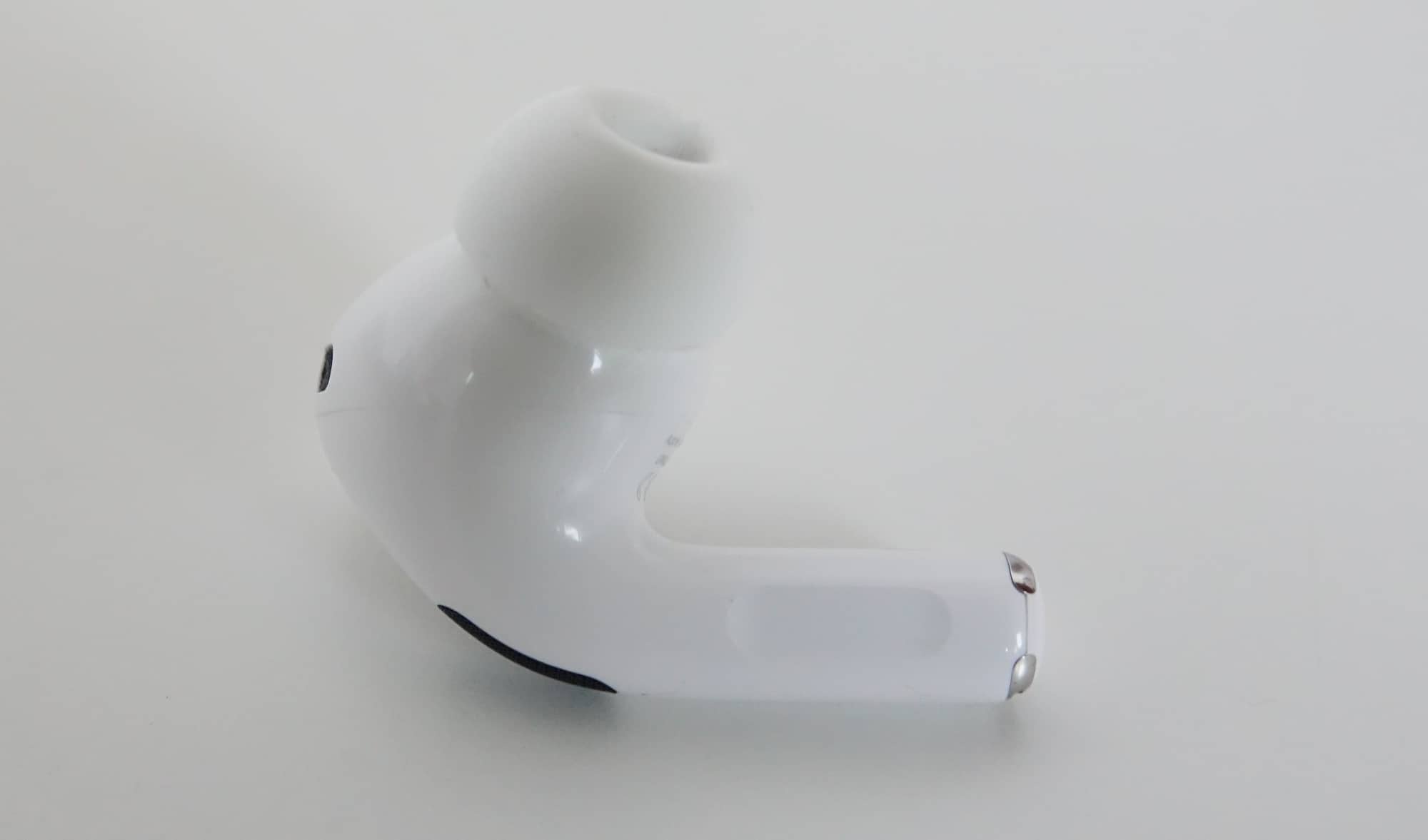Watches have to go through more rigours of life than you might expect, and the watch strap has to hold up. But what happens when the strap of your favourite smartwatch begins to smell: how do you clean an Apple Watch strap?
What does Apple say?
If you take a glance at Apple’s documentation, the information isn’t remarkably useful. According to Apple there are two steps for anything that isn’t a leather band, and are as follows:
- Wipe the band clean with a nonabrasive, lint-free cloth. If necessary, lightly dampen the cloth with fresh water.
- Dry the band with a nonabrasive, lint-free cloth before you attach it to your Apple Watch.
While these approaches will work for straps that seem like they can be wiped down, including the silicone Sport Band, metal link bracelets, soft loop, and leather Apple Band varieties, others such as soft nylon Sport Loop and previous buckled straps don’t quite work the same way. Wipe them down with a damp cloth after you’ve been sweating in it all day, and it’s likely just to make your arm damp, adding to the moisture in the band.
So what do you do: how do you wash an Apple Watch band, and what are your options to cleaning it up?
Shower with your Apple Watch Band
The most obvious one is to shower with your strap, washing it with the same soap you wash yourself with.
The downside of showering with your strap is there’s no great drying process, outside of perhaps squeezing as much water as you can, and hanging it to dry.
So do that: shower with your Apple Watch band if it’s the nylon variety, and then hang it up to dry.
When we did this, we showered with the band while it wasn’t linked to the phone, just because it didn’t make sense to link it and then unlink it from the Watch.
You can shower with it and obviously keep wearing it, just as if you were wearing the Apple Watch as you normally would, letting the moisture dry out gradually, just keep in mind that every time your water-logged Watch Band touches something, it’s likely to leave a damp spot somewhere. If that’s your lap, that’s where the damp spot will be until it dries.
Freeze your Apple Watch Band
This was a bit of a strange one, we’ll admit, but it comes from an idea associated with cleaning jeans, which was instead of washing them to freeze them.
Think we’re kidding? CNN has a fairly large write-up on the whole thing, so we decided to give it a go, freezing our strap in a sandwich bag.
Several hours later, we definitely had a frozen watch strap, but upon defrosting, it retained the musty smell we were trying to get rid of in the first place.
It doesn’t seem like freezing an Apple Watch band will do a great job of cleaning at all, so maybe avoid this one. It could be useful in the summer to keep your wrists cool, but that’s about the extent of its use, it seems. Maybe if Apple ever produces a denim band, but right now, not so much.
Throw it into an undergarment bag and toss it in the wash
The most obvious approach to cleaning an was one you might not consider, but it involves those little bags used for undergarments and delicates, the sort of things you don’t want lost in a washing machine.
Grab one of those bands, throw your bands in it, zip it up, and wash the straps. You could wash them together with your clothes, or you could do a small load and wash it solo, but this one worked the best for one reason: spin dry.
Spin dry sequences on washing machines run the barrel at a fast enough speed to reduce the moisture considerably, making them easier to dry afterwards.
We’re not suggesting throwing your watch strap into the dryer after this, either. While there’s a slight risk of shrinkage, we’re not sure all bands will be rated for the intense heat dryers often deliver, and that could leave the plastic parts of an Apple Watch band a little worse for wear, and unable to link back up with your Watch in the first place. It may end up fine, but we wouldn’t take the risk.
Instead, washing your Apple Watch bands and letting them spin dry seems to be an effective approach to ensuring they’re not only washed and cleaned, but also have most of the water removed in the process before you might hang them up to dry the rest off, or even go straight to your arm, all good and clean.


